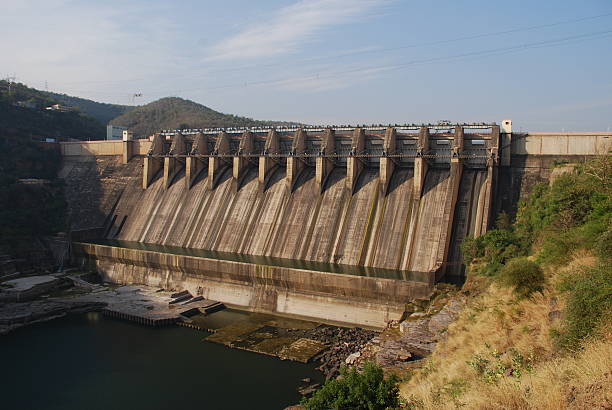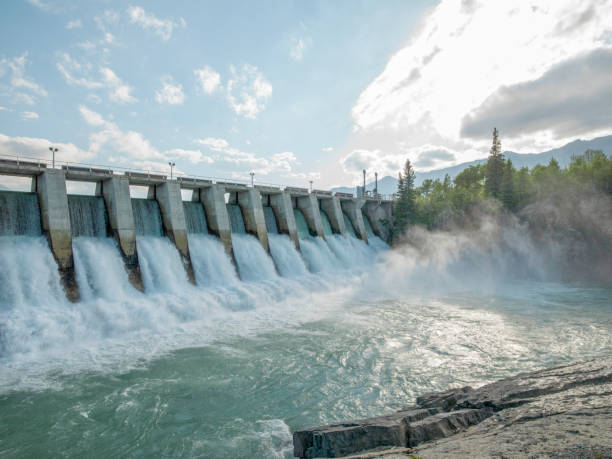Key industry figures have called for investment in infrastructure and new legislation as Scottish Water reported a huge spike in demand following the recent warm weather. The utility this week asked customers to take shorter showers among other measures in the wake of an increase in demand of up to 100M liters per day at the start of June. Future Water Association chief executive Paul Horton suggested Scottish Water had taken a “pre-emptive approach” ahead of the summer. “Last year the sector dealt with unprecedented demand due to the heat and dryness,” he said. “Then you get pressure on the system, which finds the weakest point and drives leaks and cracks. Managing the resource becomes doubly difficult.” Horton hailed the initiative being led by Northumbrian Water to build an underground test center to develop innovations in leakage detection and repair. But he added that efforts to overhaul water infrastructure had to be “sped up” in light of climate change. “Inevitably there is a need for concentrated investment in making the network as efficient as it can be,” he said. “Networks are extensive and often added to by new developments; we need to move more rapidly. There is modelling, realigning, repair, replacement – these are all big factors.” Emerging technology should be harnessed by the water engineering industry, he added. “We are pushing a transformation agenda. How are we using artificial intelligence? It could be a huge advantage. How are we using pipe bots? The climate is changing all the time and we have to be adaptable in the infrastructure world.” Arup blue-green infrastructure business leader Peter Holt described water as a “democratic resource”. “Whether you are rich, poor, in London or Edinburgh, at some point you will have to deal with rain,” he said. “Water is a finite resource and we as a society have to play our part in managing it well, particularly as the impact of climate change kicks in and changes weather patterns.” Scottish Water’s recent communication to customers was “sensible” in this context, he added. “It sees a dry start to the summer is forecast so it is educating its customers to play a part. “During the energy crisis all the power companies were giving advice such as using draught excluders, that is akin to what Scottish Water is doing – seeing a challenge on their resource and ensuring the customers have the right water at the right time through education.”

But Holt Said There Was Also a Need For Governments To Play Their Part.
“The bigger picture is legislation,” he said. “The Department for Environment, Food and Rural Affairs is about to consult on enacting Schedule 3 of the Floods and Water Management Act, which would strengthen moves to establish sustainable drainage in England. “It is win-win as it can help take volumes of storm water out of the sewer system and also quite rightly go on to reduce reliance on potable uses,” he said. “By collecting for reuse in more and more buildings you will reduce the reliance on potable water in times of scarcity.” Scottish Water this week urged residents north of the border to: Use a watering can instead of a garden hose where possible Take shorter showers Turn the tap off when brushing teeth Use washing machines and dishwashers only when fully loaded, and Use a bucket and sponge rather than a hose to wash the car It said per capita water use was higher than pre-Covid levels and average reservoir levels across Scotland were at 80%, which is below average for this time of year. Scottish Water general manager of customer water services Kes Juskowiak said: “The recent dry weather has seen an increase in customer use and an additional 100M litres of water had to be distributed each day across the weekend and on Monday. “We’re working hard to maintain normal supplies for all but would ask that customers consider how they use water and to protect this precious resource.”


Recent Comments